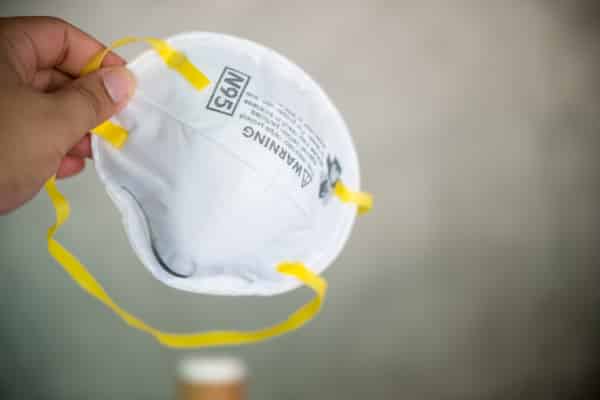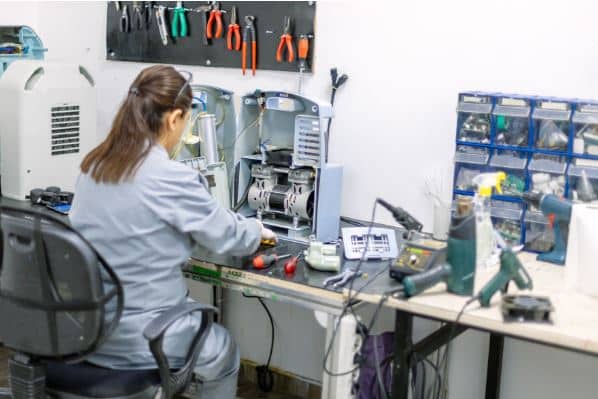
How to Optimize Your Healthcare Facility’s Supply of N95 Respirators
When the number of patients exceeds the available medical supplies in emergencies, there is a need to readdress your facility’s use of these supplies. N95 Respirators, for example, are a vital protective gear worn by health care personnel when combating diseases such as the Covid-19 virus and Tuberculosis. When dealing with limited supply availability, it is essential to use certain strategies to provide a continuum of care and provide infection control.
Therefore, in this article, we will discuss some of the strategies to optimize your healthcare facility’s N95 respirators.
CONVENTIONAL CAPACITY STRATEGIES
These strategies do not change in daily practices. They include:
- Engineering Controls: Engineering controls work by using airborne infection isolation to minimize exposures for health care personnel (HCP) and patients by placing patients in an airborne infection isolation room (AIIR). You can also use physical barriers, such as plastic windows, glasses, curtains between patients, etc. However, ensure that the ventilation systems are well maintained to provide air movement from clean to the contaminated flow direction.
- Administrative Control: Administrative control involves controlling the number of patients going into hospitals by screening and keeping out all non-urgent visits to the hospital. All employees not directly involved with patient care, such as dietary and housekeeping employees, should be kept out.
- Cohort HCP: Recommend the use of face masks until these patients can be placed in a private room or AIIR.
- Training procedures: Limit the number of respirators used during the respiratory protection program and allow only limited re-use. Fit testing should also be implemented when necessary.
- PPEs: Use personal protective equipment (PPE) such as surgical N95 respirators exclusively for HCP who need to protect themselves from fluid hazards and airborne. When feasible, use N95 respirators such as disposable filtering facepiece respirators, elastomeric respirators with proper filters and cartridges, powered air-purifying respirators.
CONTINGENCY CAPACITY STRATEGIES
These strategies require changing daily practices without compromising HCP safety or diminishing patient care:
- Administrative control: Provide non-hospital housing for medically stable patients who cannot be discharged to their homes for particular reasons.
- PPE: Use N95 respirators for much longer than their shelf-life and fit testing. These means don’t remove the masks, wear the same N95 for repeated close contacts with specific patients. Alternatively, HCP can re-use respirators for multiple encounters with particular patients but remove it after some time.
When N95 Respirators are Running Low or Exhausted
In cases like this, the respirators should be used well-above manufacturer’s designated shelf life. Use masks that may not be NIOSH-approved but are similar to those as well.
Nevertheless, it is also essential to prioritize the use of N95 respirators and face masks according to the activity type. When no masks are left, keep HCP away from severely ill patients or suspected patients likely to have complications. An expedient or ventilated headboard may be used to reduce access to such patients.
For more updates, tips, and predictions related to the healthcare industry and infection control, visit the Coast Biomedical blog.
Sources:
https://www.cdc.gov/coronavirus/2019-ncov/hcp/checklist-n95-strategy.html




